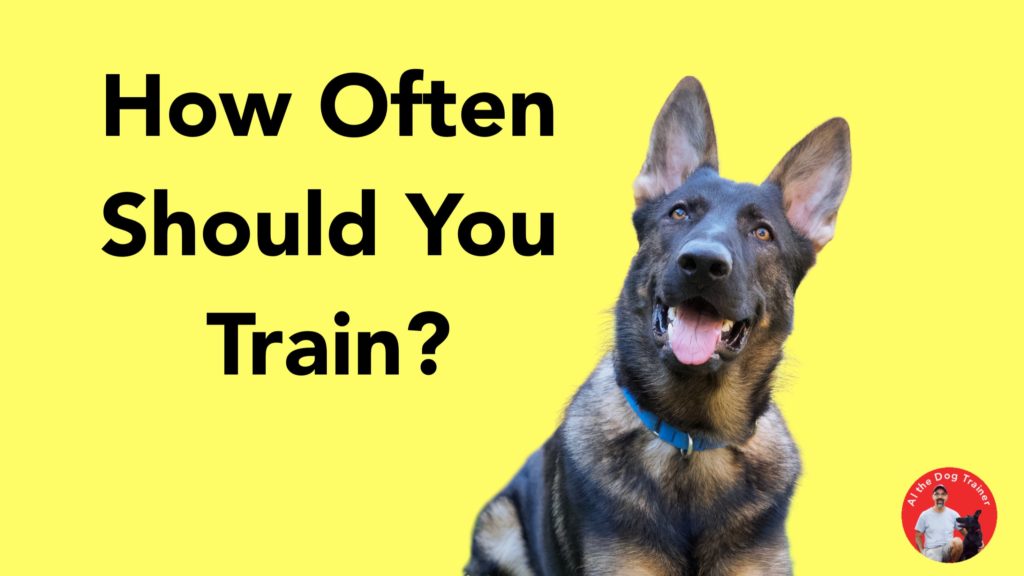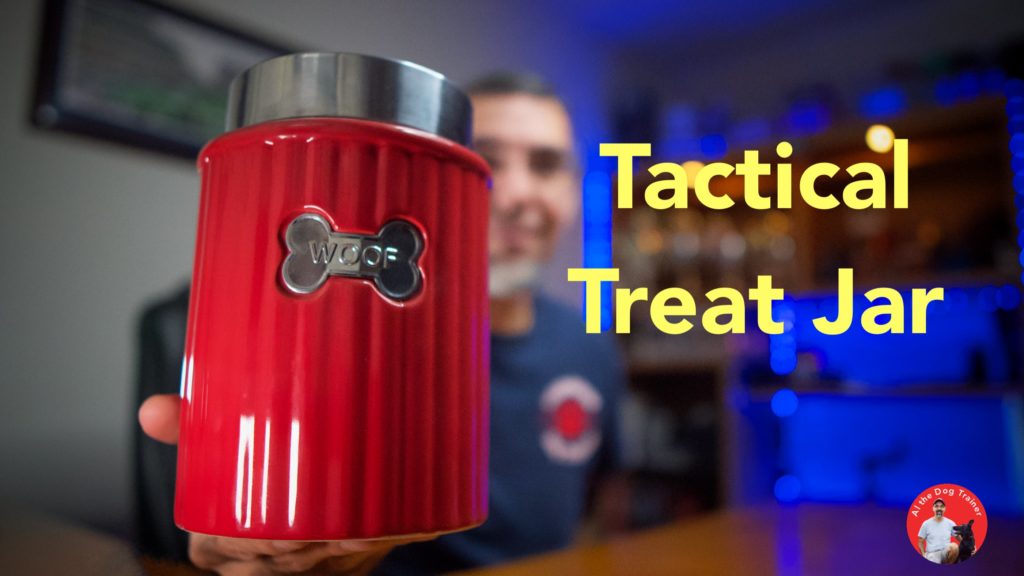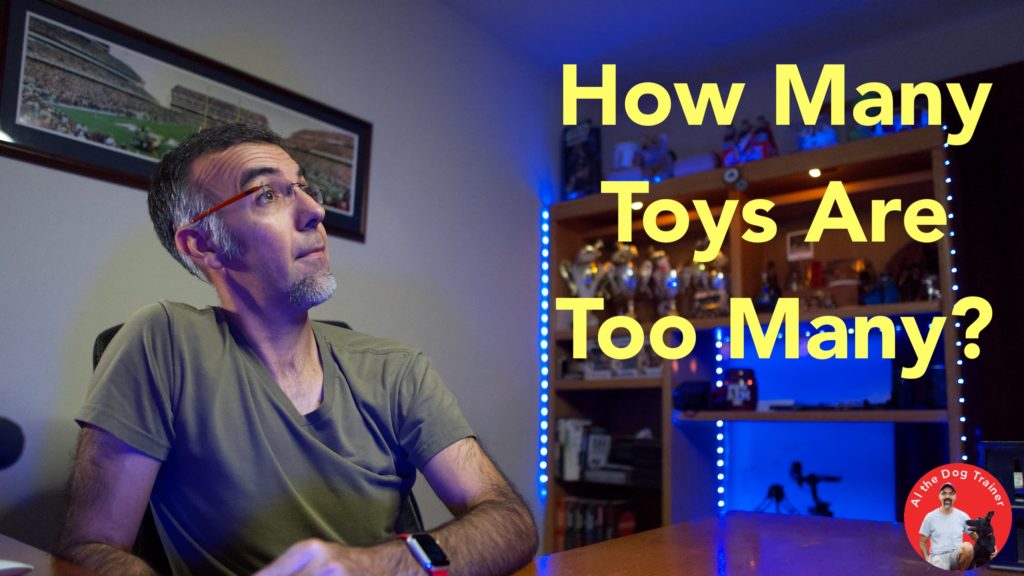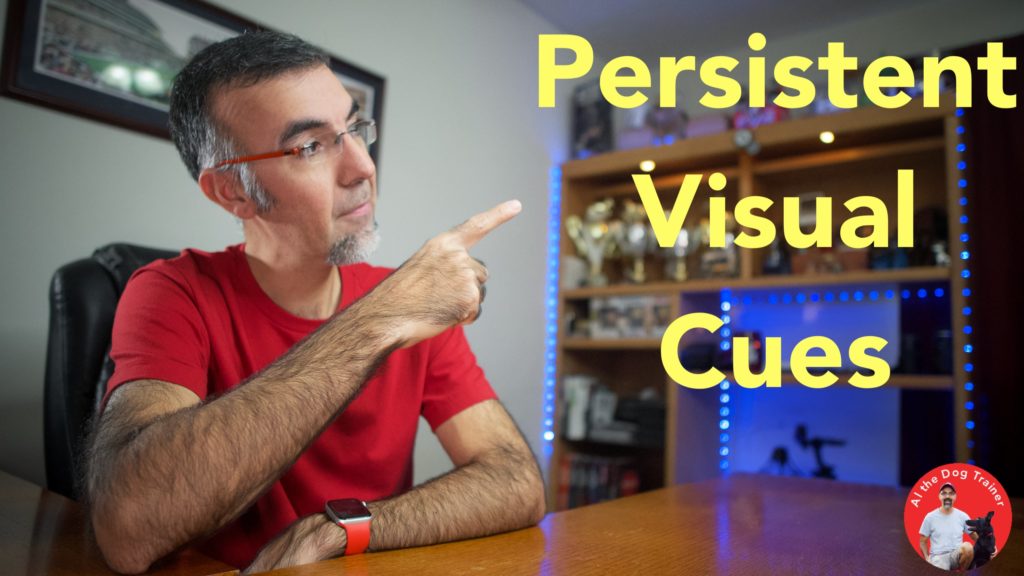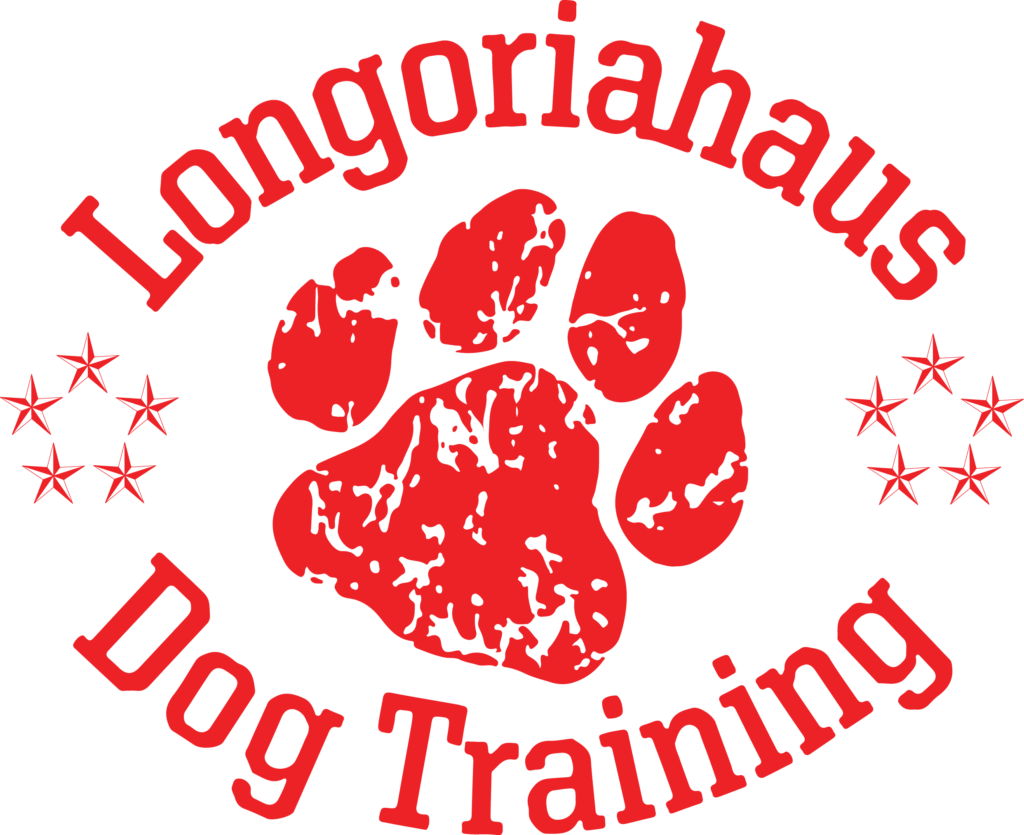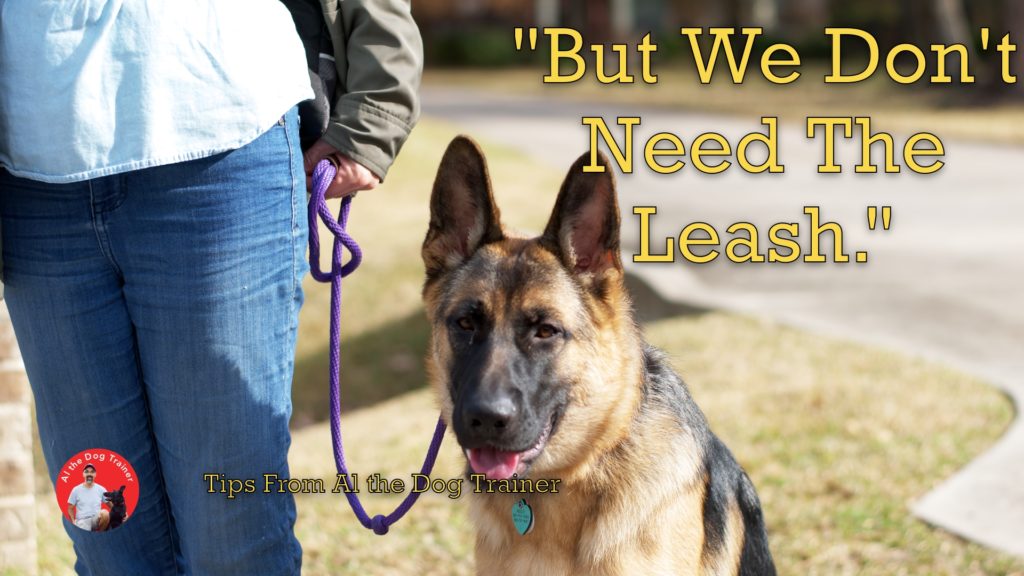
Sometimes when I’m in training sessions, and the training is going so well, the family looks at me and says, “We really don’t need the leash to get our dog to do what we want.” That is great news, but even though you don’t necessarily need the leash, maybe you’re actually going to want the leash.
An Important Tool
Let me explain something I think could be really useful for a lot of you. Any time you’re really struggling with your dog on walks, or maybe coming when called, and all of this is happening outside of your home. Your leash becomes an essential tool. Let’s say you only use a leash when you’re outside, and you’re not very practiced in using it. If you go outside with your leash, your instincts are going to kick in. Generally, it doesn’t really convey the information our dogs need to understand what we are actually articulating to them.
Leash Work
I like to make it a point to tell everybody who is getting their dog to respond to verbal cues or hand signals. When they are subsequently rewarding, they should get a little bit of leash work involved; you should go out into your driveway with your dog, and maybe have a long leash with you. You could drop it on the ground if you feel pretty secure and can reach and grab it if your dog were to dart away suddenly. Put your dog in a sit-stay, then walk to the end of the leash and try to call your dog to see if they will actually come.
What I want you to do is use that sit stay and recall and call your dog and reward them, especially when there’s a distraction in the environment. It could be anything like a delivery truck, or another dog, or a squirrel even. You want to see if you can create obedience with your dog in those scenarios while having the safety of your long leash but only using your verbal cues to get what you need.
Use the leash to be able to associate the verbal cue you want your dog to learn, and begin to reinforce it. I think this is a brilliant approach to go outside and give your dog that freedom and be able to have them actually respond and check to make sure your leash work is good. If you get into a bit of a bind, it’s ok. However, nothing will actually replace the leash work you do in a controlled environment, like inside your home or in a training class. That work is significant for us humans.
10 Minutes A Day
I really make it a point to tell each of my clients to individually practice any techniques I teach them for at least ten minutes a day, regardless of how their dog is doing. I also tell them, if they’re not very good five days later, to keep practicing that technique so they can get good at it. It seems that the better we get at our non-verbal forms of communication, the easier it is for us to handle the things that actually distract our dogs. We need to get their attention to show them where the boundaries are.
Don’t ever forsake doing your own personal drills. Do them both, train yourself, and train your dog.
I hope this was useful for you. Don’t ever hesitate to text me at (832) 734-5189 if you need help. You can also visit my YouTube Channel for more tips like this or find them right here on my website www.longoriahausdogtraining.com.
Happy Training!

